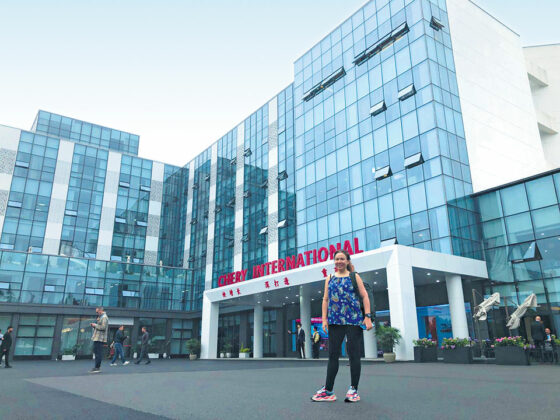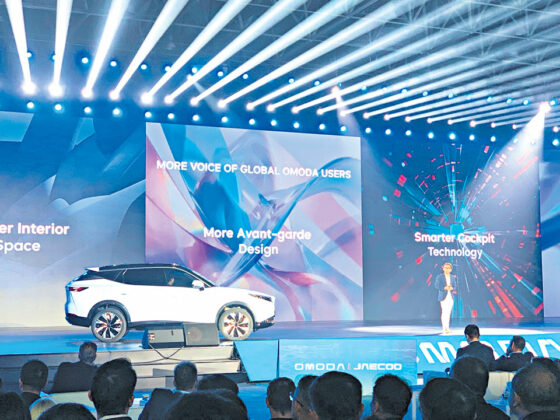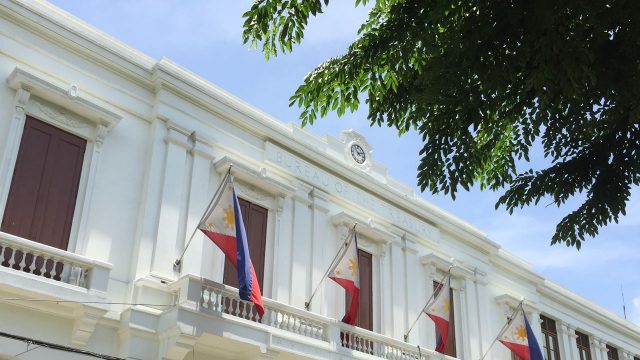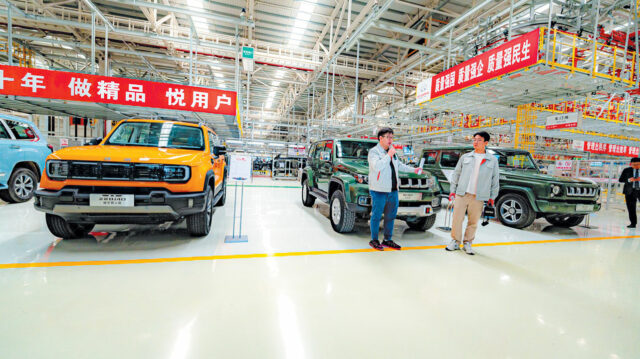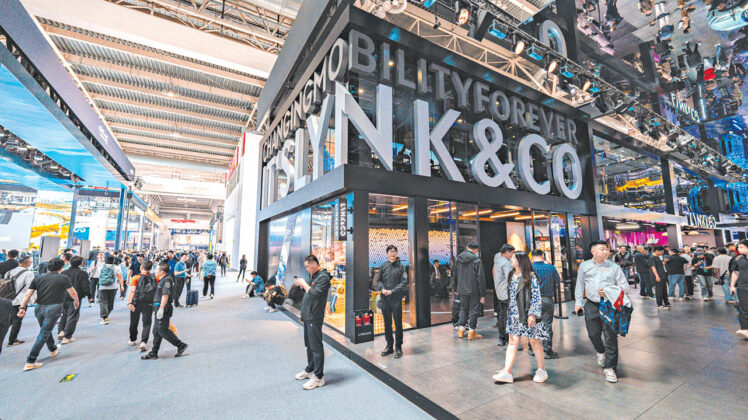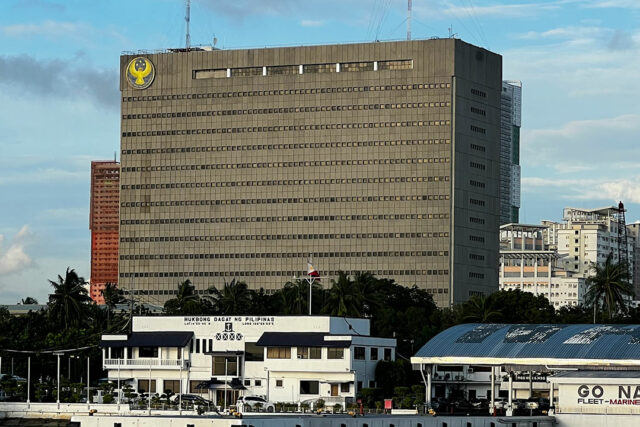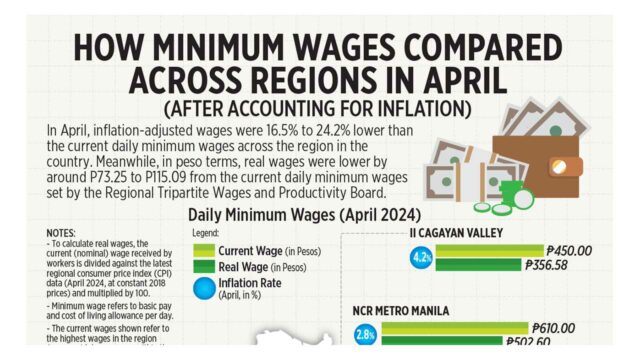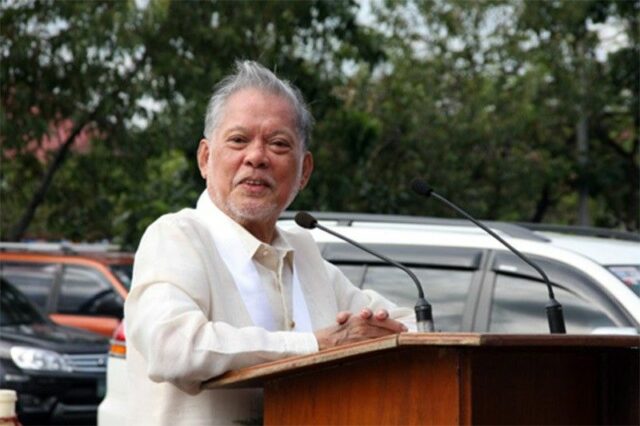Robinsons Retail eyes larger market share for drugstore business
GOKONGWEI-LED Robinsons Retail Holdings, Inc. (RRHI) said it aims to expand its presence in the drugstore segment.
“We believe there is an opportunity to increase market coverage for all our banners, as there are many municipalities and barangays in the Philippines that still lack drugstores,” said RRHI President and Chief Executive Officer Robina Y. Gokongwei-Pe during the company’s virtual annual shareholders meeting last week.
“Our aspiration for the drugstore segment is to simply become more accessible to our customers. By doing so, we aim to boost our market share and brand value,” she added.
RRHI has a presence in the drugstore segment through brands such as South Star Drug, TGP, and Rose Pharmacy.
Ms. Pe also said that RRHI is prepared to capitalize on potential mergers and acquisitions (M&As) in the drugstore segment that could enhance the company’s value and presence.
“In terms of major acquisitions, we are always on the lookout for value-accretive M&As. Should there be an opportunity, we will be ready to capitalize,” she added.
On RRHI’s overall store expansion, Ms. Pe stated that the company is looking to expand beyond the National Capital Region.
“With 30% of our stores located in Metro Manila, we want to accelerate our expansion outside the capital. In terms of formats, we’re looking to open more of our core supermarket and drugstore banners,” she said.
As of end-March, RRHI has 2,399 stores, including 756 food segment stores, 1,072 drugstores, 50 department stores, 224 DIY stores, and 297 specialty stores. The company also has more than 2,100 franchised stores of pharmacy-chain TGP.
Ms. Pe said that RRHI’s margins are expected to remain intact despite increasing competition from hard discount retailers such as DALI Everyday Grocery. She added that the company is continuously enhancing its product mix and gaining more scale to counter increasing market competition.
“To maintain market share, we will continue to differentiate by offering a wide range of relevant products and providing an exceptional shopping experience, be it offline or online,” she said.
“We have entered the hard discount category through a stake in O!Save, which is aggressively expanding. The hard discounters focus on small pack sizes and sachets, versus our core supermarket formats that offer regular and large pack sizes, suggesting that there is limited pricing pressure for some products,” she added.
Meanwhile, Ms. Pe noted that sales of its discretionary segment are expected to recover as the company opens more stores.
“We believe that this is transitory. We should see an acceleration in revenues for these segments for the balance of 2024 as we continue to open stores and refine our product mix,” she said.
In the first quarter, RRHI reported a 9.5-fold increase in attributable net income to P5.1 billion, following the one-time gain from the Bank of the Philippine Islands-Robinsons Bank merger that closed earlier in the year. Net sales rose by 2.9% to P45.9 billion.
RRHI shares were last traded on May 10 at P38 per share. — Revin Mikhael D. Ochave




